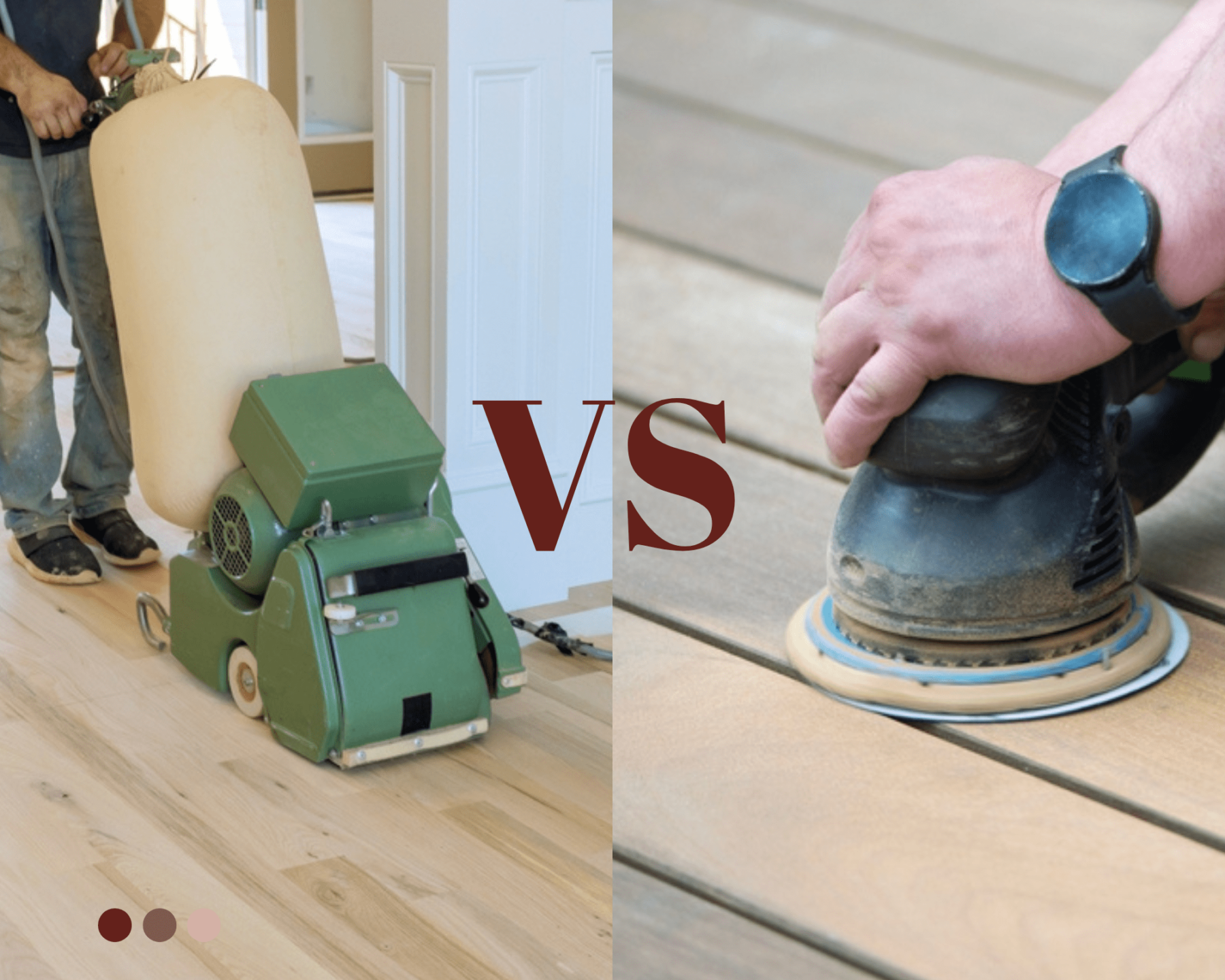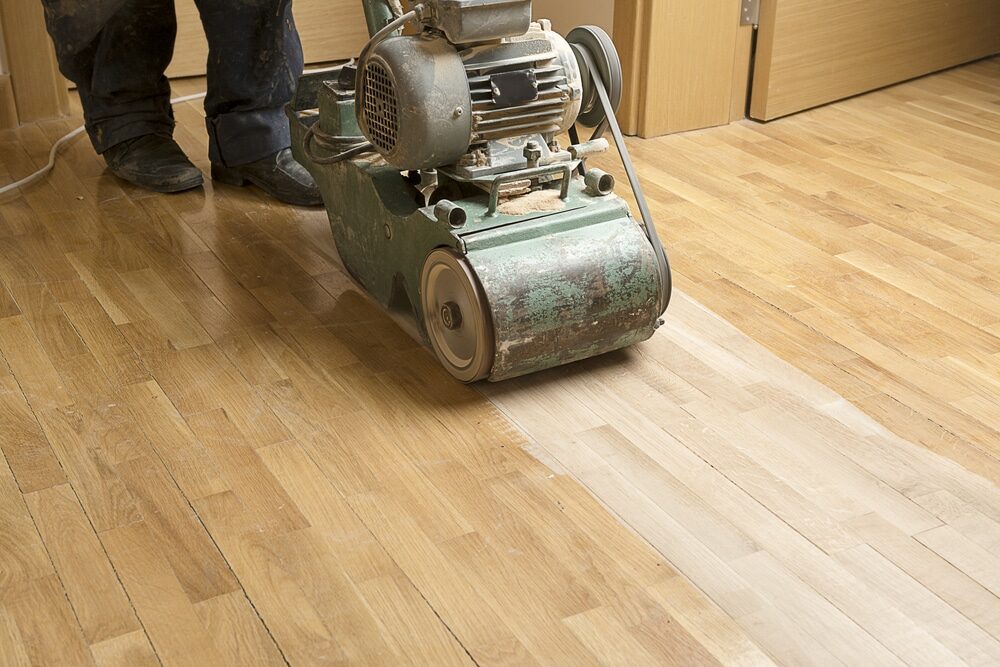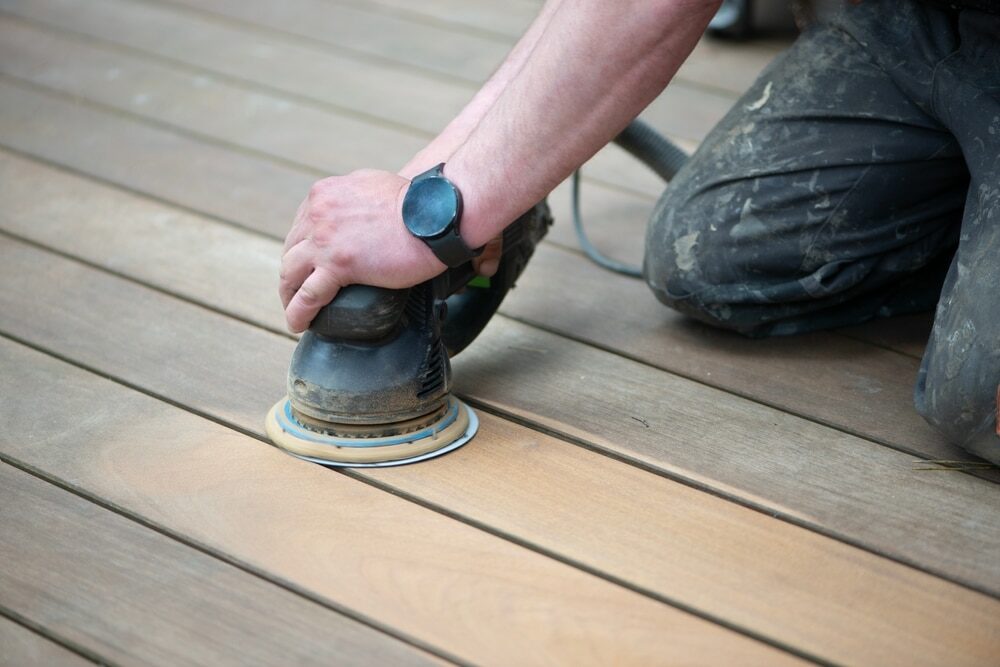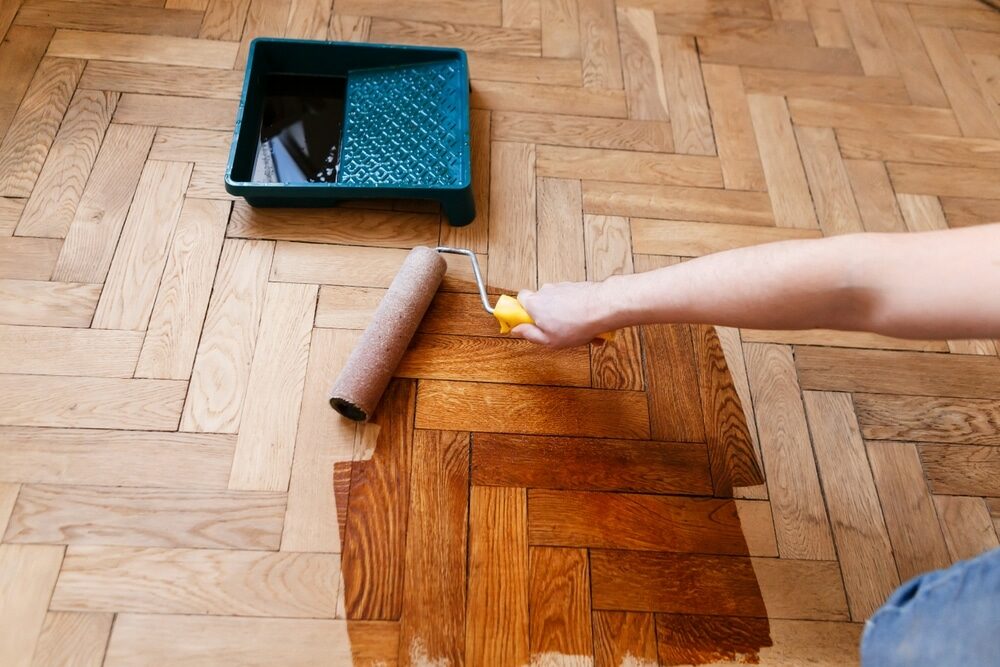London:
Nationwide:
The Pros and Cons of Drum Sanding versus Orbital Sanding
Posted on August 21, 2023
Drum sanding
Drum Sanding vs. Orbital Sanding: A Comprehensive Comparison
In the rich tapestry of woodworking, no task proves more meticulous than the delicate art of sanding. The woodworker’s primary quest is to achieve a finely-tuned surface that almost feels like a velvet caress under one’s fingertips. Two primary champions in this realm stand head and shoulders above the rest: drum sanding and orbital sanding. Both possess their unique allure and drawbacks, and our mission today is to delve deeply into their respective characters, understanding where each excels and where they may falter.
The Drum Sander: A Brief Introduction
Much like the resounding beats of a well-tuned drum, the drum sander is all about rhythm and precision. Its core principle is the continuous, unerring movement of sandpaper wrapped tightly around a cylindrical drum, rotating at high speeds. The results? An impeccably smooth surface.
Pros of drum sanding:
- Efficiency in Material Removal: The drum sander stands unmatched for projects demanding rapid removal of wood. Its aggressive sanding technique makes it ideal for tackling significant unevenness, ensuring your wood pieces are of a consistent thickness.
- Precision: With the right skill, drum sanders can be incredibly precise. They allow woodworkers to control the depth of their sanding to the minutest of measurements.
- Diverse Grains: By switching the grains of sandpaper, the user can oscillate between coarse and fine sanding. This versatility provides the flexibility to cater to various project requirements.
- Consistency: Once set up, drum sanders can provide a consistent finish across large surfaces. This is particularly beneficial for larger projects where uniformity is paramount.
- Customizable Feed Rate: Most drum sanders allow you to adjust the feed rate, allowing control over how fast the wood is fed into the machine, thus giving the user an extra power layer.
- Broad Surface Coverage: Due to their design, drum sanders are excellent for large surface areas, making the task more streamlined and efficient.
Cons of drum sanding:
- Learning Curve: Mastery of the drum sander doesn’t come overnight. It demands a keen understanding of its pace, power, and potential pitfalls. Over-sanding or inadvertently gouging the wood is not an uncommon mistake among novices.
- Cost: Quality drum sanders come with a hefty price tag. They are an investment and might not be suitable for occasional hobbyists.
- Size and Weight: These machines are generally bulky and heavy, making them less portable and demanding more dedicated workshop space.
- Maintenance: Due to their robust machinery, Drum sanders often require more maintenance and cleaning to keep them at peak performance.
- Noise Levels: Drum sanders are typically louder than other sanding machines, which might require additional safety considerations in a workshop.
- Overheating: Due to the aggressive nature of sanding, there’s potential for the wood to burn if not operated with care, leading to unwanted marks and potential damage.
Orbital Sanders: The Gentle Touch
Orbital sanders, on the other hand, have a gentler approach. The sanding pad moves in tiny orbits, ensuring that no single part of the sandpaper remains static. This method yields a smoother finish without leaving distinct sanding marks.
Pros of orbital sanding:
- User-Friendly: Orbital sanders are the friend every novice woodworker needs. Their intuitive design ensures that even those unacquainted with the world of woodworking can achieve satisfactory results.
- Versatility: Whether working on a broad surface or navigating the tight corners of intricate designs, the orbital sander proves its mettle. Its compact design and varied size options cater to an array of needs.
- Fine Finishing: The unique orbital motion ensures that sanding marks are virtually nonexistent. It’s perfect for that final touch before applying a stain or finish.
- Affordability: Generally, orbital sanders are more budget-friendly than drum sanders, making them accessible to a broader range of users.
- Safety: The gentle operation of orbital sanders means they pose less risk of unintentional damage to the material or injury to the user.
- Easier Paper Change: Most orbital sanders are designed with user-friendly mechanisms to change sandpaper, making it more convenient and less time-consuming.
Cons of orbital sanding:
- Slower Material Removal: Orbital sanders are not made for rapid wood removal. Their strength lies in finesse, which means projects might take longer to complete, especially if there’s a lot of material to remove.
- Limited to Surface Sanding: Deep gouges and significant wood imperfections are beyond the orbital sander’s capacity. Its primary domain remains surface refinement.
- Dust Management: While many orbital sanders come equipped with dust collection systems, they don’t always capture all the particulates, leading to a messier workspace.
- Limited Power: While they excel at fine-tuning, orbital sanders might not be the best tool when dealing with highly rough surfaces or when a high level of material removal is needed.
- Swirl Marks: On certain wood types or if misused, orbital sanders can occasionally leave behind swirl marks, which are not desirable for finish-ready pieces.
- Shorter Lifespan: Due to their smaller size and less rugged build, orbital sanders might have a shorter lifespan than their drum counterparts, especially under heavy use.
In Conclusion: The Dance of Two Titans
In the grand theatre of woodworking, drum and orbital sanders perform their unique ballet. One dominates with sheer power, forging paths where unevenness once reigned—the other tiptoes with grace, polishing surfaces to an enviable sheen. Which to choose, you ask? It’s much like asking a maestro which instrument he favors most. The answer invariably lies in the composition he seeks to craft. For heavy-duty tasks demanding rapid wood removal, drum sanders take the crown. For the intricate ballet of surface refinement, the orbital sander performs its waltz with unmatched elegance. However, true masterpieces in woodworking emerge not from the isolation of one method but from the harmonious blend of both. Recognize the strength of each tool, let them dance in tandem on the wood’s stage, and behold the magnum opus that ensues. To all the seasoned and budding artisans, may your creations always mirror the depth of your passion, and may your tools be your faithful companions on this wondrous journey.Some Useful Links:
- Stairs Sanding & Refinishing
- Floor Sanding Services
- School Floor Sanding
- Wood Floor Restorations
- Wood Floor Repairs
- Wood Floor Polishing
More from our Blog:
DIY Tips for Successful Drum Sanding of Wooden Floors How to Choose the Right Drum Sander for Floor Sanding The Advantages of Drum Sanding for Hardwood Floors Revamp Your Home with Professional Floor Sanding Services in London DIY Wood Floor Installation: Step-by-Step Guide for Homeowners Wood Floors | How to Maintain Your Wooden Flooring
Sanding
We provide virtually dust-free sanding with our continuous belt machinery with mobile extraction units, giving you a safer environment for your family.
Oiling
This organic finish not only adds beauty to your home but also has exceptional water-repellent characteristics, making it easier to clean and maintain.
Waxing
This natural floor finish offers the softest and most mellow appearance – and leaves your floor able to breath.
Buffing
Using soft buffing machines (and hand-polishing where required) will bring a wonderful sheen to your newly-finished floor.
Repairs
We offer a full assessment of your wooden floors to determine what repairs are needed to provide the perfect working surface for the later stages of sanding, staining and sealing.
Restoration
We offer a comprehensive restoration process designed to address floors that are improperly fitted or damaged over time through wear and tear.
Request a fixed price quote for your wood floor restoration now
Simply enter your postcode below to get started.
Services
Wood Floor Sanding Wood Floor Restoration Wood Floor Scratch Repair Squeaky Wood Floor Repair Parquet Floor Sanding Parquet Floor Restoration Commercial Floor Sanding Church Floor Sanding Community Centre Floor Sanding School Floor Sanding Gap Filling Gap Filling with ResinCopyright © Mr Sander®
Privacy & Cookies Terms & Conditions Complaints Procedure Cancellation Rights Sitemap





